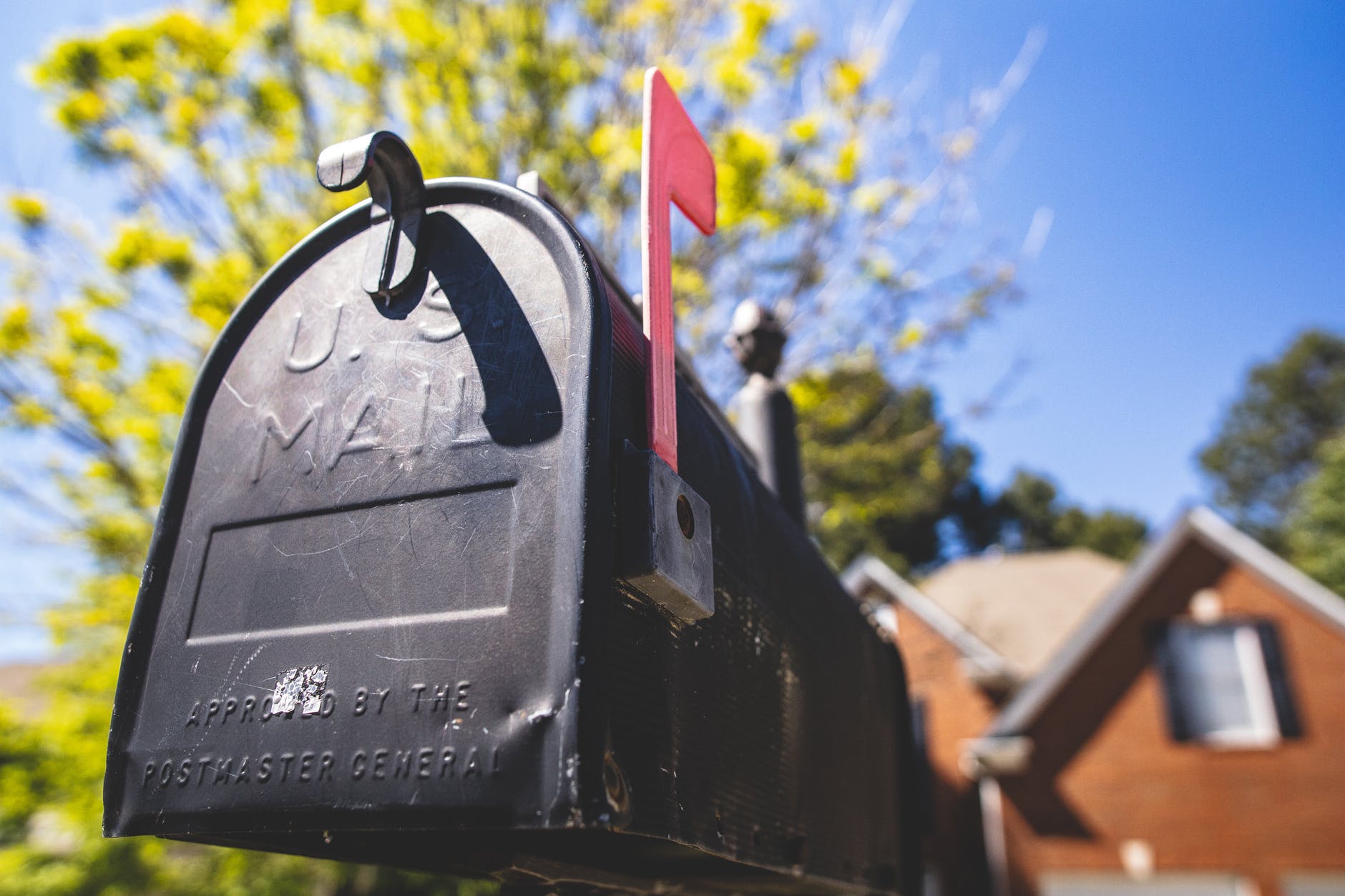
Visiting, Commissary and Fiction – The Truth About Prison
May 11, 2019
“The Alcatraz of the Rockies” – Life Inside a Supermax Prison
May 11, 2019What is a Prison Pen Pal?
A prison pen pal is basically someone who chooses to write to an inmate over time, corresponding about things one or both of you care about. Typically, it is friends and family who send these types of correspondence, but there are a few programs that allow unknown people to be paired with inmates as a way of communicating with the outside world. Just as most things are regulated and ruled in prison, so is mail correspondence.
Jail Mail and Inmate Email
Jail mail is the system in which inmates receive mail and it is very specific. Inmates are only allowed to receive paper and pen/pencil or typed letters in sealed envelopes with no embellishments. Some prisons may allow photos of a certain size or even colored pictures from children, but no staples, clips, or alteration of materials are allowed. You can also not include cash, coins, or explicit material in any form. However, a money order may be allowed. When writing to an inmate, know that their mail will all be opened and reviewed prior to receiving any letter so nothing of a personal, explicit, or illegal nature should ever be included. This includes anything about a case whether pending or resolved. Jail mail also often takes longer to be delivered than regular mail as the sorting process can take a long time, especially in larger prisons. Even legal documents may be reviewed, but are also allowed by all prison systems.
Some updated prisons may have an inmate email system. However, this may not work like regular email. The email you send will likely be sent to a prison email with the inmate’s number and this email reviewed and printed out and then handed to the inmate. However, some prisons have moved to a more advanced system in which inmate email is sent and received electronically after the inmate has purchased computer time from commissary. Do not assume if transmitted electronically that emails will not be read, but they may allow for pictures to be sent digitally.
Whether you send snail mail through the jail mail system or use inmate email, know that certain information must be included for it to reach its final destination. This typically includes the inmates full name, the facility’s address, and the inmate number for sorting purposes.
Why Send Mail?
Communication for inmates with the outside world is important. This is a way to stay in contact and connected with family, friends and children. Children may enjoy sharing work, pictures, drawings, and even letters with parents or relatives behind bars as a way to stay in contact and discuss their days. This can make the time pass faster for both the children and the inmate. The same holds true for family members, especially those that are older or in poor health who cannot visit often or at all. The person in prison can still be part of life, even from behind bars.
If you are ready to write to an inmate then knowing the rules for a specific facility is important. This can be found on our write an inmate page. If you have further questions or concerns then call the jail to ask.




